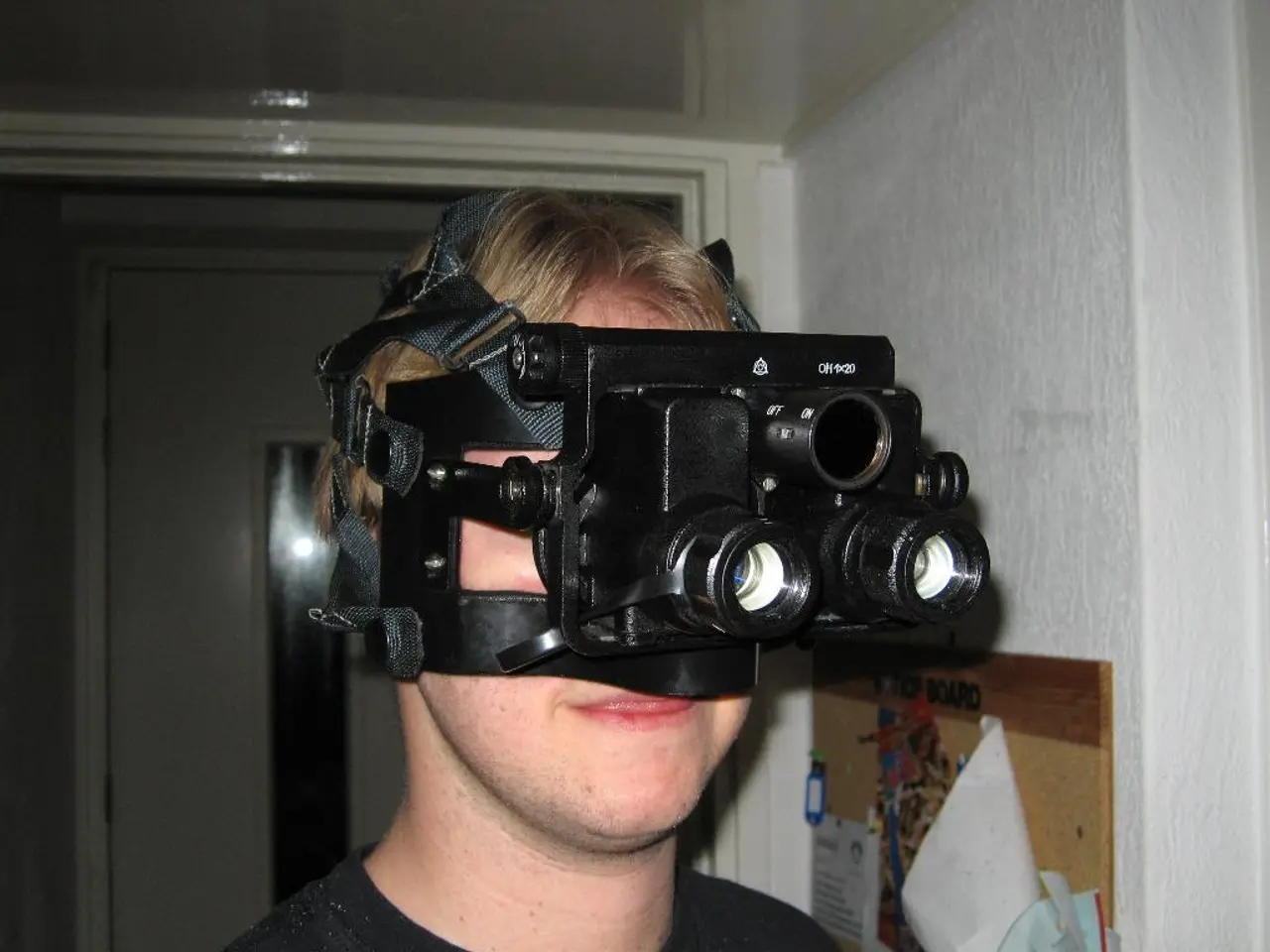Immersive Virtual Reality Techniques in Mental Health Treatment: Innovative Approaches to Psychological Well-being
### Revolutionizing Mental Healthcare: The Rise of Virtual Reality Therapy
Virtual reality (VR) technology is transforming the landscape of mental healthcare, providing innovative solutions for cognitive therapy. Proven Reality, Breakthrough VR, Fearless VR, VR Therapy Box, Limbic VR, and CogniHab are some of the leading VR applications currently used for cognitive therapy.
These VR applications primarily focus on VR-assisted cognitive behavioral therapy (VR-CBT) and VR exposure therapy to treat various mental health conditions such as anxiety disorders, phobias, obsessive-compulsive disorder, depression, and psychosis.
#### VR-CBT for Anxiety, Phobias, OCD, and Depression
VR-CBT creates immersive, controlled environments where patients are gradually exposed to anxiety- or fear-inducing scenarios that would otherwise be difficult or unsafe to replicate in real life. For example, patients with social phobia experience simulated social interactions in a secure setting, allowing them to confront anxiety triggers with precise control and therapist monitoring.
This controlled exposure helps in cognitive restructuring by enabling patients to develop coping strategies and reduce avoidance behaviors. VR-CBT also allows therapists to monitor physiological responses such as heart rate and blood pressure, tailoring the therapy session dynamically. The immersive format increases patient engagement and compliance, reducing dropout rates, which enhances therapeutic outcomes.
#### CogniHab VR Solution for Depression and Anxiety
CogniHab offers personalized VR experiences combining guided meditation, relaxation suites, and CBT techniques to address depression and anxiety. Their VR Anxiety Reduction Suite is an immersive environment designed to uplift mood and reduce stress, suitable not only for patients but also for children with disabilities and surgical patients.
These applications provide an accessible and engaging way to practice mindfulness and cognitive restructuring, supplementing traditional therapy sessions.
#### VR Therapy for Psychosis
VR therapy for psychosis has shown promising results, working faster than standard cognitive behavioral therapy by reducing symptoms like paranoia, anxiety, and depression. Studies demonstrate patients require fewer sessions (about 15% fewer) to achieve recovery, highlighting the efficiency of VR-based approaches. Research is underway to integrate AI in VR therapy to automate some therapy sessions, potentially increasing accessibility and reducing waiting times for mental health care.
#### How VR Applications Work in a Therapy Setting
VR therapy involves immersive exposure, therapist control, a safe practice space, assessment and feedback, and accessibility and engagement. Patients wear VR headsets to enter virtual environments tailored to their therapeutic needs, helping evoke real emotional and physiological responses in a safe setting. Therapists customize scenarios' intensity and monitor patient reactions in real-time, enabling gradual exposure and cognitive restructuring without overwhelming the patient.
VR provides a risk-free space for patients to face fears and practice coping mechanisms repeatedly, which can be difficult to replicate in real-world settings. VR tools often include physiological monitoring and behavioral data collection, helping therapists assess progress and adjust treatment plans dynamically. The engaging nature of VR can help overcome barriers such as stigma, logistical challenges, or emotional resistance often associated with traditional therapy, leading to better treatment adherence.
In conclusion, VR cognitive therapy applications combine immersive, customizable environments with real-time monitoring to enhance exposure therapy and cognitive behavioral treatments. They offer faster, more engaging, and sometimes more effective treatment alternatives, especially for anxiety, depression, phobias, and psychosis. These innovations are increasingly integrated into clinical practice and supported by promising research outcomes.
VR allows patients to practice confronting their anxieties and negative thought patterns in a safe and controlled virtual environment. VR environments can be utilized to practice relaxation techniques, mindfulness exercises, and visualization tools for stress management and anxiety reduction. VR cognitive therapy offers advantages such as increased engagement, controlled exposure, and the ability to create customized therapy experiences.
Floreo focuses on relaxation and mindfulness techniques using virtual environments, while VR applications can create simulated social interactions, allowing individuals with social anxiety or Autism Spectrum Disorder (ASD) to practice social skills in a safe and controlled environment. VR therapy apps might integrate with wearable technology to monitor physiological data like heart rate and stress levels during exposure therapy sessions.
Finally, VR technology can be utilized to create educational and informative experiences that promote mental health awareness and understanding. Institutions like the World Health Organization (WHO) have endorsed VR-CBT for mental health treatment, demonstrating its potential to revolutionize mental healthcare accessibility, allowing remote therapy sessions under the guidance of a therapist.
- The rise of Virtual Reality (VR) technology in mental healthcare is shaping a new era for cognitive therapy, with applications like Proven Reality, Breakthrough VR, and CogniHab leading the charge.
- VR applications are primarily focused on VR-assisted cognitive behavioral therapy (VR-CBT) and VR exposure therapy, targeting various mental health conditions such as anxiety disorders, phobias, obsessive-compulsive disorder, depression, and psychosis.
- In VR-CBT sessions, patients with anxiety-related disorders practice confronting their triggers in immersive, controlled environments, helping them develop coping strategies and reduce avoidance behaviors.
- CogniHab offers personalized VR experiences combining guided meditation, relaxation suites, and CBT techniques to address depression and anxiety, also suitable for children with disabilities and surgical patients.
- VR therapy for psychosis has shown promising results in increasing accessibility and reducing waiting times, with studies demonstrating patients needing fewer sessions to achieve recovery.
- VR cognitive therapy applications provide immersive, customizable environments that evoke real emotional and physiological responses in a safe setting, enhancing exposure therapy and cognitive behavioral treatments.
- Leveraging wearable technology, VR apps can monitor physiological data like heart rate and stress levels during exposure therapy sessions, offering advantages such as increased engagement, controlled exposure, and dynamic therapy adjustments.




